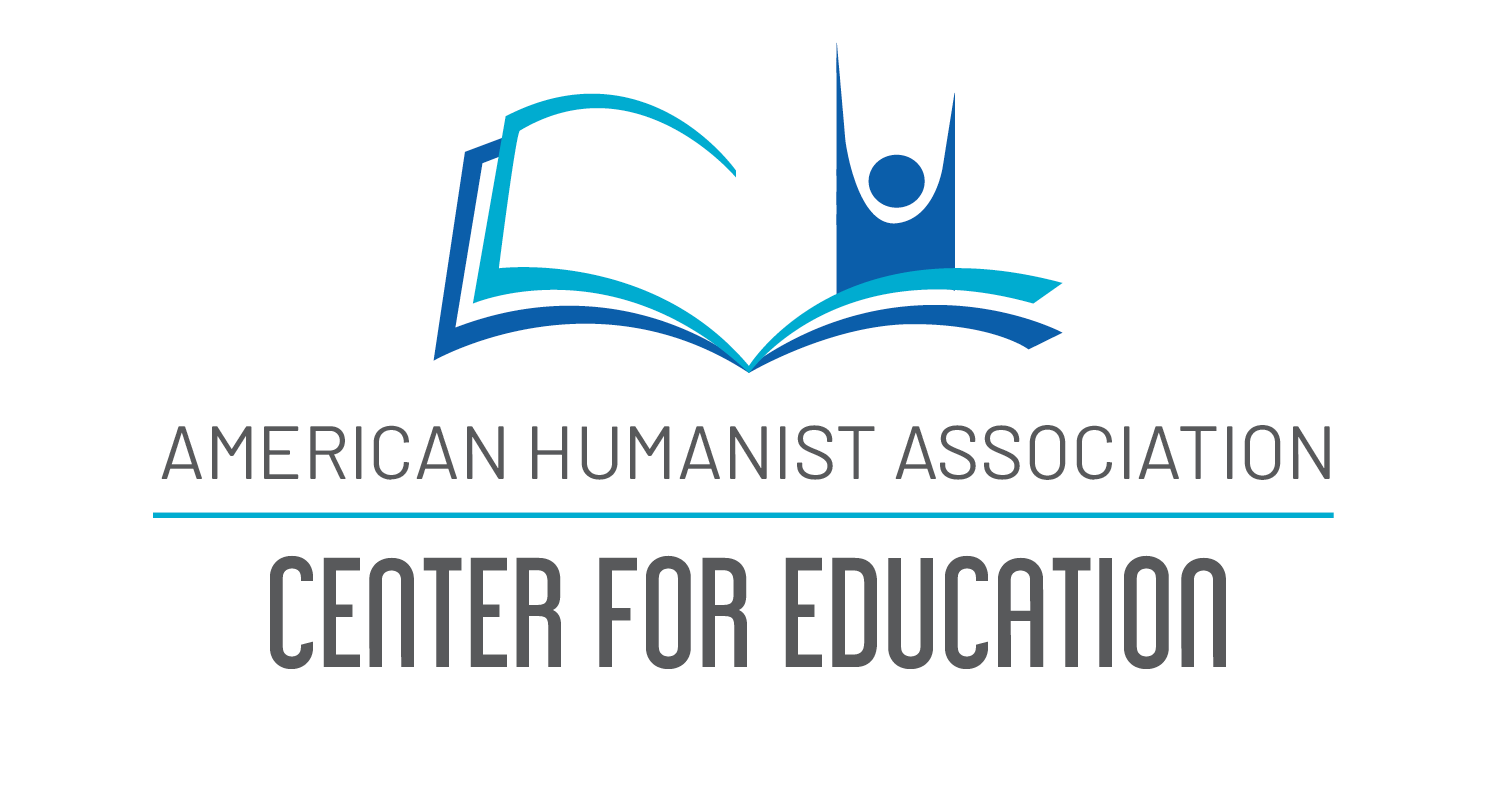Time: Rhythms and cycles are at work in the repetitive family holiday calendar. You can find the flow wherein your celebrations serve your seasonal needs and unfold with nature’s offerings. Backward planning, where you plot your endpoint in time and plan and plot each small step backward to be completed in time, is always helpful if you are working toward an event date. With this in mind, it can be energetically helpful to imagine that this unknown future event is actually pulling you forward toward it instead of culminating from the daily pile of things to do each day.
Zoom out, taking a view over time. Sketch a chart of your timeline, seeing times for development, transition times, and goal markers. Standing in the present, you can source from your family’s past to build your family’s future. Imagine yourself at the center intersection of the infinity symbol (a lemniscate), with past and future weaving into each other through your decisions and visions. This is a very powerful place from which to create.
Space: In creating events, it is most natural to predict the outstanding theatrical needs of the situation you are setting up. However, it is impossible to fully predict the unseen and informal needs of the community you will be serving. Small unmet needs can create unsettling snafus in an ideal game plan. This is the “backstage” thinking and “dress rehearsal” engagement that is needed in creating events. Again, people love to help, but they help most successfully when supported to do so with autonomy and planning. Create your set-up and clean-up plans ahead of time. Whether you hire or gather your team, support them to do the work with joy and ease. Make sure there are backup plans for basics: snacks/water, access/special needs, technology, signage, and bathroom facilities.
The pathway IN is the threshold of the experience. Have you ever had a nasty door greeter to a lovely theater event dampen your enthusiasm for something you looked forward to attending? Anticipate the pathways your participants will take to arrive at your gathering. Who is greeting them? What small clues of welcome are in their path so that by the time they arrive, they are indeed emotionally supported and ready? If it’s winter, this might be a practical issue of where people are putting their coats or umbrellas. If you are going to a park, it might be a decorative visual clue that tells participants they are indeed in the right place.
Backward Planning
“It’s called backward planning, backward goal-setting, or backward design, and it’s used quite often in education and training. The idea is to start with your ultimate objective, your end goals, and then work backward from there to develop your plan. By starting at the end and looking back, you can mentally prepare yourself for success, map out the specific milestones you need to reach, and identify where in your plan you have to be particularly energetic or creative to achieve the desired results.
“It’s much like a good presentation when the presenter tells you where he’s headed right at the beginning. Then, as the presentation unfolds, it’s easy for you to follow the concepts and think critically about what’s being said. If you have to figure out the main points as they come, your energy is often used up by just trying to keep up.”

